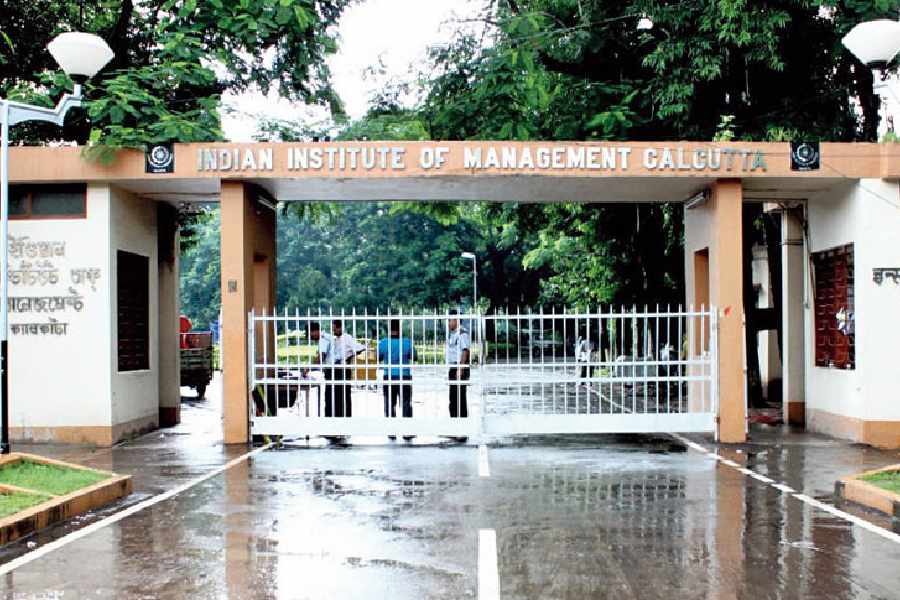Patna, Aug. 20: A soil fertility map depicting the deficiencies in soils found in different arable lands of the state will soon be available.
The map, expected to be ready for use before March 2018, aims at checking the unnecessary use of fertilisers and enhancing the productivity of land in a sustainable manner.
The information gathered can also give the state a fair idea about its fertiliser needs in advance based on which the government can place demands before the Centre.
According to the latest productivity data (from 2015-16), Bihar has a productivity of 21.04 quintals of rice per hectare against the national average of 24.04. Similarly, wheat productivity is 22.44 quintals per hectare against the national average of 30.93. Bihar's productivity in maize, pulses and oilseeds is better than the national average.
Bihar's 56.38 lakh hectares of arable land has been divided into 14,11,875 grids from where soil samples had to be collected for necessary tests in labs to find out the kind of soil deficiency of a given grid.
To ensure the authenticity of the samples, the staff had been given GPS equipment to provide the coordinates of the grids and also some brief details about the farmers who had their holdings in a given grid. Based on the information collected from the field, a mobile app "Mitti Bihar" has been developed. It has details of the information gathered from the ground. After the soil test is conducted, information regarding various kinds of deficiencies in a given grid is also mentioned.
"As the variability of soil property was more in irrigated land as compared to those not irrigated, it was decided that the grid size would be 2.5 hectares for irrigated fields and 10 hectare for the rest," a senior agriculture official, closely associated with the preparation of the fertility map, told The Telegraph.
At present, 30.64 lakh hectares of total arable land has irrigation facility while the remaining area (25.74 lakh hectare) has none.
The official pointed out that first it was thought to collect samples according to holdings of the land. But later, based on field experiences about the changing nature of soil in terms of various deficiencies, the grid size for irrigated and un-irrigated land was fixed.
"Sample collection from different grids is done and 11,65,222 samples have reached various labs and testing of 1,16,300 samples have been done. Based on these tests, 52,59,356 soil health cards have been made," said the official.
At a recent review, agriculture minister Prem Kumar directed the officials to complete the soil testing work as soon as possible and issue the soil health cards to the remaining farmers. He has directed experts to revisit farmlands where soil health cards had been issued, based on which suggestions would be given to farmers about use of fertilisers.
The department will re-visit at least 6,54,000 grids for assessment this fiscal. #"The department will continue to pursue farmers to use fertilisers according to the unique need of their field and we hope that over a period of time the message will percolate," said another senior official.
Chandradev Yadav of Banjariya in East Champaran district said: "The government needs to train its field staff who are supposed to advise us. They don't make themselves available easily, forcing farmers to continue with the kind of fertiliser use as has been going on for years."










